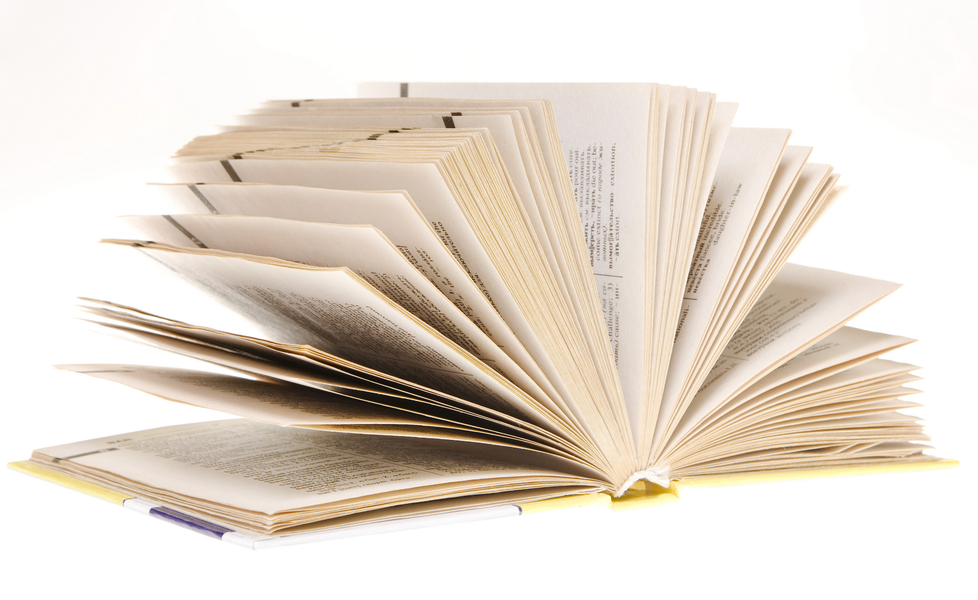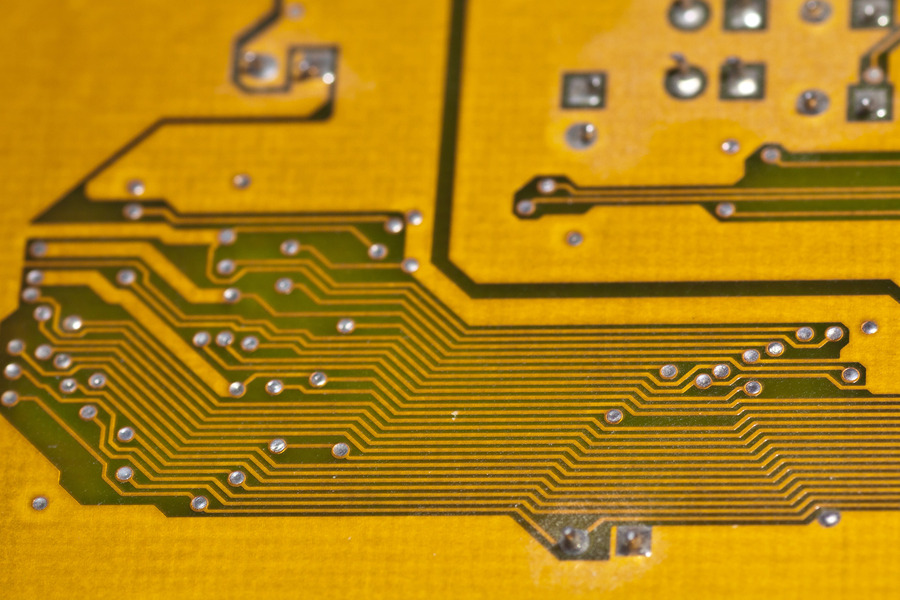A copyright is a right owned by every author of an original work that is fixed in a tangible medium of expression to exclude others from doing any of the following five activities in connection with a copyrighted work: reproduction; adaptation; distribution to the public; performance in public; or display in public.
A copyright exists automatically at the time a work is created. However, it is strongly recommended that proper copyright notice be affixed to all tangible copies of the work. Proper copyright notice is: “ © ” or “COPR.” or “Copyright, Year and Owner” and the term “All Rights Reserved.” P should be used on sound recordings.)

Federal copyright registration with the Copyright Office is required before suit may be brought for copyright infringement. In addition, timely registration is needed in order for statutory damages and collection of attorney fees to be available in an infringement suit.
It is important to consider ownership issues when dealing with copyrighted materials. In the case of works created by an employee, company ownership should not present a problem, particularly if the employee's responsibilities are spelled out in the employment contract. However, in the case of a consultant, it is important to have a written agreement with the consultant specifying the work is a so-called “Work Made for Hire,” otherwise, the work may belong to the creator.
Copyright Infringement
In general, the unauthorized copying, selling, or performing of a copyrighted work constitutes copyright infringement. To prevail in a case of infringement, the copyright owner must show that (1) the work is protected by copyright, (2) the alleged infringer has copied the work. Copying can be shown by evidence of access to the copyrighted work and a “striking similarity” between the copyrighted work and the alleged copy. Infringers must be sued in Federal Court. Available remedies include an injunction, impoundment or destruction of infringing copies, and monetary damages, including costs and attorney's fees. A commonly raised defense to a copyright infringement action is “fair use” which includes parody, criticism, educational use and news reporting.
Mask Works

A mask work is a kind of map or blueprint used to design and manufacture a semiconductor chip. The mask work defines the design of the chip in three dimensions, since a semiconductor chip consists of several layers of electronic circuits and elements that are laid down one atop another. The mask work images may be in pictorial or photographic form or broken down into digital numerical form for storage in a computer.
In the United States, the Semiconductor Chip Protection Act of 1984 (SCPA) created a new kind of sui generis exclusive right to certain aspects of the structural design of Semiconductor Chips. A mask work is the protected subject matter. A mask work can be registered under the SCPA with the U.S. Copyright Office. A notice of protection consists of M , *M*, or the words “mask work.” The SCPA does not prevent independent development of a mask work: an identical but original second mask work is not an infringement of the first.
Similar laws for the protection of semiconductor chips have been adopted in several other industrialized nations.




